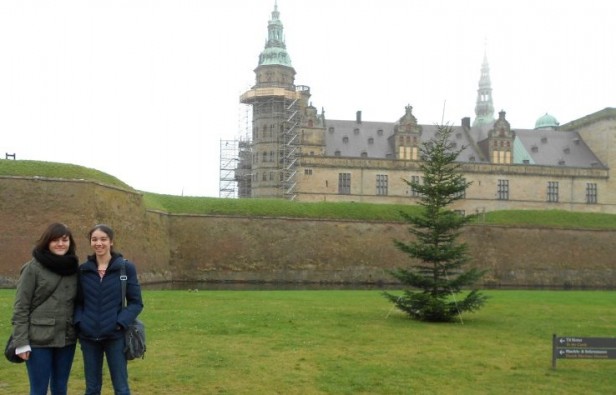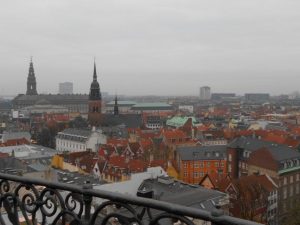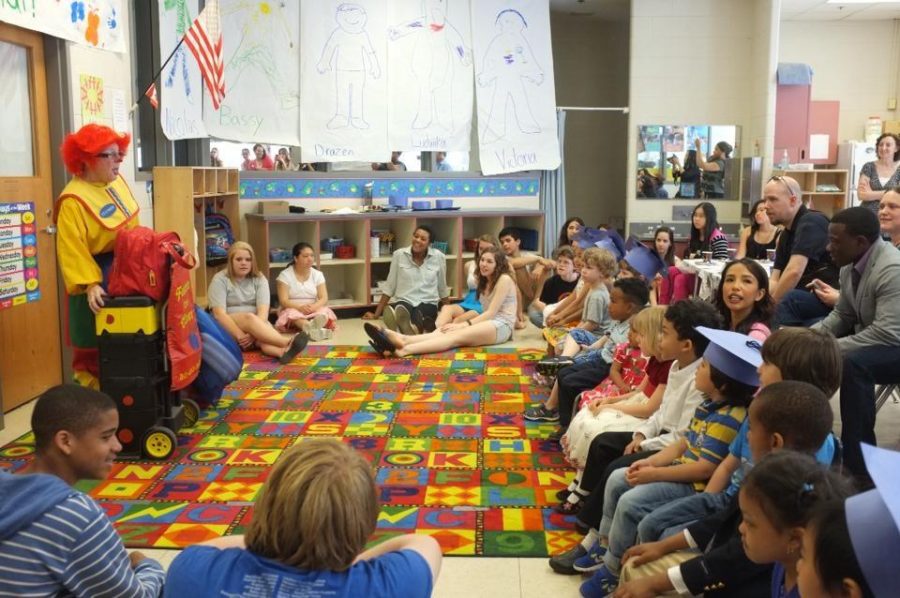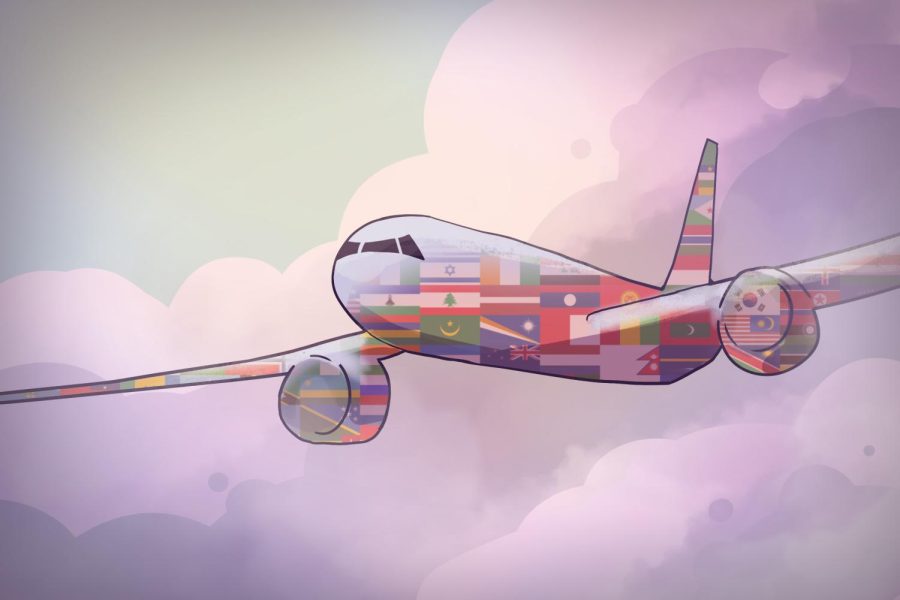“Everything’s smaller in Denmark,” a Danish host mom says to me when I arrive.
It’s one of the first things I hear in the country that will be my home for a week. Case in point: the small green car into which a friend and I are trying to cram two large suitcases. “Our buildings aren’t as tall, and not everyone drives huge SUVs,” she adds.

To arrive in Denmark, it takes two flights: a seven hour red-eye to Frankfurt and a shorter flight to Copenhagen. Twelve students traveled to Denmark Nov. 18 to 26 during the first Whitman exchange trip to Denmark. I wanted to attend to learn more about Denmark for my European history class and to experience another country. English department head Beth Rockwell, social studies department head Robert Mathis and assistant principal Brandi Heckert chaperoned the trip. Nørre Gymnasium, our host school, has brought students to Whitman twice before and will bring a fresh group this spring.
Mathilde, a 17-year-old girl, is my host, but she’s picking me up from the Copenhagen airport with her friend, Safiya. Her family doesn’t own a car — they have no reason to, with the prevalence of bikes and the smoothly functioning, accessible public transportation system that’s much cleaner and faster than its D.C. equivalent.
Every day, we walk a few blocks to take the 7:23 a.m. bus to her school. Denmark, Mathilde tells me, doesn’t have school buses; instead, students take regular buses and trains alongside adults. Bicycles, too, are everywhere.

The Whitman students meet every day at Nørre before heading into a Danish English class or venturing out to see cities and castles. We explore the Louisiana, an art museum; the Danish parliament; Kronborg Castle, famously known as ‘Elsinore,’ the setting for Shakespeare’s ‘Hamlet’ and the Royal Palace Museum, where we encounter the Danish Queen. By chance, Queen Margrethe II is showing the museum’s library to a friend while we are wandering through on our tour. Back at Nørre, we ask a classroom of our Danish hosts how many have seen the Queen themselves — only three of nearly 30 students have.
The education system in Denmark seems much more flexible than its counterpart in the U.S.: students call teachers by their first names (our hosts referred to Mathis as “Bob”) and have longer classes with longer breaks and more flexible scheduling. The Danish equivalent of high school is three years long, but students begin at an older age than in the U.S. Students apply to different high schools based on what they want to do; for example, Nørre has a humanities focus. During their first year, they select class tracks, such as a business-focused track, to correspond to their future careers. After high school, Danish students head directly to one of the country’s five universities, where instead of a liberal arts curriculum, they begin training for a profession. It’s common for Danish students to take a gap year (or two) to work and travel before university.
We join one of their classes for a morning, where Mathis organizes a discussion between the Nørre and Whitman students about free public education through university and universal healthcare, both of which are privileges the Danes have. Students are even paid a monthly stipend to cover books and living expenses if they attend school after age 18. The students tell us that for these benefits, they are mostly willing to pay Denmark’s very high taxes — at around 50 percent for the average citizen.

In between sightseeing and debates, my host family prepares a traditional Danish dinner, with Danish meatballs, sugared potatoes, carrots and beets. Other Danish specialties I try include æbleskiver, or fried pancake balls served with powdered sugar and jam, and risalamande, a Christmas pudding made of rice, cream and almonds and topped with cherry sauce. It comes with a single, hidden, whole almond inside, and the lucky finder wins a Christmas gift. My host finds the almond. I get the gift, a pair of bright red Christmas socks and a package of chocolates.
Despite fog and cold temperatures, which average about 4 degrees Celsius (39 degrees Fahrenheit), Denmark is a great place to visit. Most Danes are friendly and speak English as well as Danish, making it a good location for those who might not feel comfortable speaking a foreign language. English-speaking culture is pervasive – I spot a McDonalds, see Justin Bieber posters and hear American music, like Rihanna and OneRepublic. But to introduce me to Denmark, having a host family to show me around and explain Danish culture is the cherry sauce on top of the risalamande.
[imagebrowser id=61]










Lasse (3.U) • Dec 6, 2011 at 12:01 pm
It was fun meeting you all, I hope you had a great trip here! Reading this article, it seems like you did